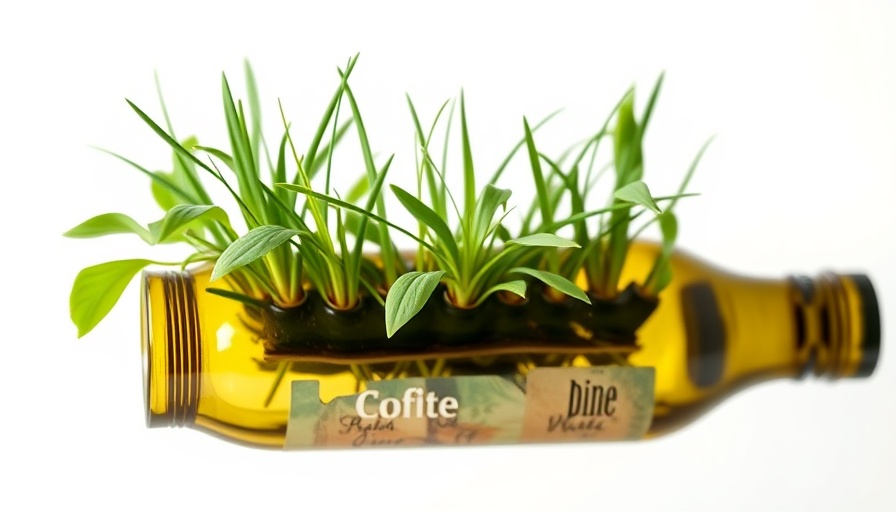
Breathtaking Wine Bottle Crafts for Spring Decor
As the vibrant colors of spring bloom and the days get longer, it’s the ideal opportunity to breathe new life into your home and surroundings with creative crafts. Upcycling wine bottles into stunning vases and hanging displays not only beautifies your space but also promotes sustainability. Imagine a whimsical landscape where cascading florals spill out from suspended bottles, creating an enchanting atmosphere that delights both residents and guests.
Transform Your Space with Hanging Floral Bottles
One of the most captivating ways to showcase spring flowers is by creating hanging floral displays using wine bottles. This gorgeous DIY project is simple, yet the results are breathtaking. By suspending bottles from structures such as pergolas, trees, or even your patio overhangs, you can intertwine nature and decor in a stunning cascade of colors. As sunlight reflects off the glass, the flowers add a fresh vibrancy, making your garden or seating area come alive. It's an experience that stirs the soul and invites warmth into your life.
To craft your hanging floral masterpiece, consider the following tips:
- Choose clear or tinted bottles that align with your decor theme.
- Utilize durable materials like heavy-duty wire or macramé cord for secure hanging.
- Opt for cascading spring flowers such as petunias, nasturtiums, or sweet peas to evoke a sense of enchantment.
- Vary the heights of your bottles for a visually appealing layered effect.
- Add battery-operated fairy lights for that magical evening ambiance.
- For balance and aesthetic appeal, group your bottles in threes.
The Art of Upcycling: Wine Bottles into Elegant Vases
The transformation of old wine bottles into elegant vases is not merely a crafty endeavor; it's a testament to creativity and sustainability. By giving these bottles a new purpose, you reduce waste while crafting lovely displays for your spring blooms. This practice allows you to frame your flowers in a personalized style that enhances their beauty.
To upcycle effectively, consider painting the bottles in suitable seasonal colors or embellishing them with twine, lace, or even mosaic tiles. This not only adds a unique flair but imbues each piece with your personal touch. Imagine a chic dining table adorned with vases brimming with tulips or daisies, showcasing your artistic flair while celebrating spring.
Future Trends in Floral Decor
Anticipating future trends in floral decor, especially with sustainable practices at the forefront, upcycling is here to stay. More homeowners are gravitating towards DIY projects that not only save costs but also express individuality. Seasonal decorations that are easy to change out will likely become more prevalent, allowing people to adapt their home aesthetics swiftly as the seasons shift.
Cultural Significance of Flowers in Home Decor
Flowers have always been a symbol of renewal and life throughout history and across cultures. Incorporating them into home decor signifies a connection to nature and an appreciation for beauty. In many cultures, fresh flowers are believed to bring positivity and good fortune, enriching the living experience. Thus, filling your home with blooms during spring is not just about aesthetics; it’s about cultivating good vibes and connection with the environment.
Common Misconceptions About Upcycling
While many view DIY projects as time-consuming or daunting, the truth is that upcycling can be quick and rewarding. It’s often easier and more accessible than shopping for new decor. Plus, the pride that comes from creating something unique is a huge bonus. Don’t shy away from experimenting; trial and error can lead to beautiful results!
Get Started on Your Wine Bottle Crafting Journey
The world of DIY wine bottle crafts is brimming with possibilities this spring, waiting for you to unleash your creativity. So gather your old bottles, choose some vibrant flowers, and dive into crafting. In doing so, you’ll not only enhance your home but also contribute to a greener planet. Embrace this opportunity to personalize your space and share your creations with friends and family.
Whether it’s a spring party or merely brightening up your home, the journey of crafting with wine bottles will be as fulfilling as the result. If you’re hesitating to dive in, remember that the joy of creating something beautiful is always just a bottle away!
 Add Row
Add Row  Add
Add 




Write A Comment